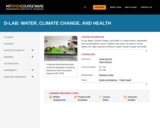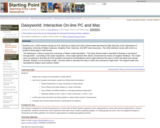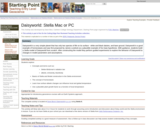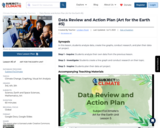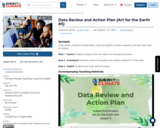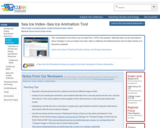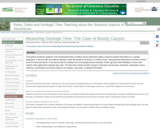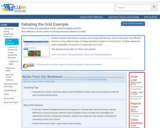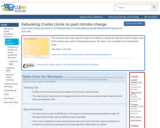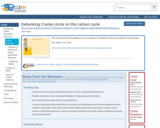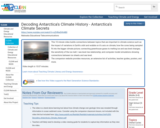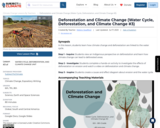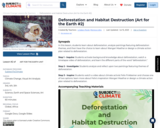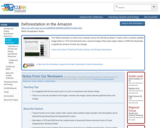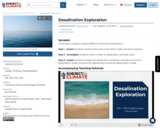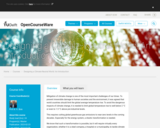Mitigation of climate change is one of the most important challenges of our times. To prevent irreversible damage to human societies and the environment, it was agreed that world countries should limit the global average temperature rise. To avoid the dangerous impacts of climate change, it is needed to limit global temperature rise to well below 2 °C or even to 1.5 °C above pre-industrial levels.
This requires cutting global greenhouse gas emissions to near-zero levels in the coming decades. Especially for the energy system, a drastic transformation is needed.
We know that such a transformation is possible, but it will require virtually every organization, whether it is a steel company, a hospital or a municipality, to tackle climate change challenges. The question that often arises is – where to start?
This course is designed for the professionals that might be the leaders of this transformation in their organization - policymakers, sustainability consultants or professionals from other fields -who want to familiarize themselves with climate change mitigation strategies so theycan apply it to their projects.
In the first part of the course, you will obtain basic knowledge including greenhouse gas (GHG) emissions, the various types of GHG (CO2 and non-CO2), their emissions and about the Paris Agreement. You will also learn about current energy systems, electricity generation and the energy demand of various sectors.
Next, we will focus on courses of action and methods that will assist in selecting the best options in any type of project or organization. We will present methodologies for measurement of emissions reduction and calculation of costs. Here we will introduce you to the concepts of “marginal abatement cost curves” which will help you analyze alternatives by comparing emission reduction potential with the costs involved. Finally, various options such as renewable energy, energy efficiency and electrification will be discussed as the emission reduction strategies.
We invite you to join this journey and to bring your own experiences and challenges to your organization.
